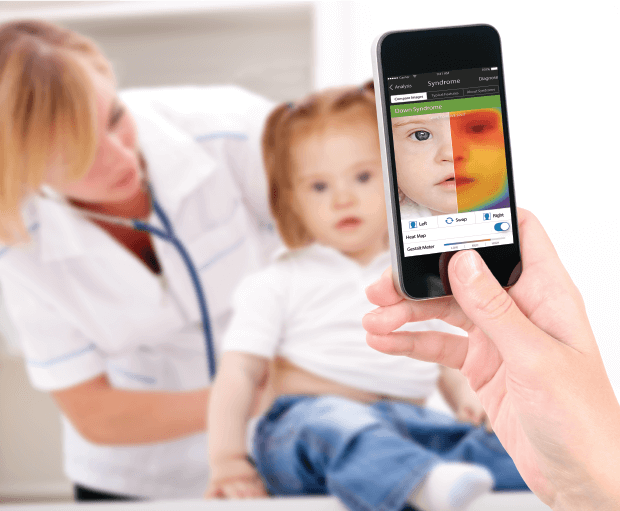¿Recibió un diagnóstico erróneo de Ehlers-Danlos? Próximos pasos
¿Qué es el síndrome de Ehlers-Danlos (EDS)?
Es un síndrome genético poco común que afecta el tejido conectivo del cuerpo. Es causada por mutaciones en genes específicos y los síntomas comunes incluyen hipermovilidad, tono muscular bajo y dislocación articular.
When it comes to a rare disease, misdiagnosis is a problem across the board. However, when it comes to Ehlers-Danlos syndrome, misdiagnosis is a much larger problem than it should be.
A study of 414 Ehlers-Danlos syndrome patients around the world discovered that 56% of individuals with the syndrome had received a misdiagnosis at some point in their diagnostic journey. This, in turn can lead to a diagnostic odyssey stretching from anywhere between eight and nineteen years.
Sin un diagnóstico correcto, las personas afectadas se enfrentan potencialmente a una gran incertidumbre acerca de su condición y su síntomas.
Pero significa que tampoco recibirán el apoyo, la asistencia y el tratamiento potencial correctos que podrían necesitar para manejar y vivir con su afección.
¿Por qué son tan altas las tasas de diagnóstico erróneo cuando se trata del síndrome de Ehlers-Danlos?
The syndrome itself is comprised of 13 subtypes, each with a different set of symptoms and diagnostic criteria. This makes it difficult to diagnose the condition from its symptoms alone.
The syndrome presents with symptoms that are often viewed as medical conditions in their own right, which distracts from a diagnosis of Ehlers-Danlos. Hypermobility can be a symptom of Ehlers-Danlos, but it gets dismissed as simply being more flexible in many patients.
Los síntomas del síndrome son muchos y variados y afectan a muchas partes diferentes del cuerpo. No existe un diagnóstico único que se adapte a todos, lo que dificulta incluso a los profesionales médicos identificar el síndrome.
Hay hasta 19 genes diferentes, mutaciones que pueden causar el síndrome. Esto, a su vez, conduce a los diferentes tipos y síntomas del síndrome. También significa que la prueba del síndrome puede implicar muchos pasos y procesos diferentes. Esto, a su vez, puede confundir un diagnóstico.
¿Cómo podemos reducir las tasas de diagnóstico erróneo?
La clave para mejorar las tasas de diagnóstico es la educación. Cuanta más información e investigación sobre las causas y síntomas de Ehlers-Danlos síndrome, más precisos podemos llegar a ser al hacer un diagnóstico.
Advancements and developments in genetic analysis, Asesoramiento genético and Pruebas genéticas, are also making it possible to achieve a faster and more accurate Diagnóstico Genético for a range of rare diseases and genetic syndromes, not just Ehlers-Danlos.








